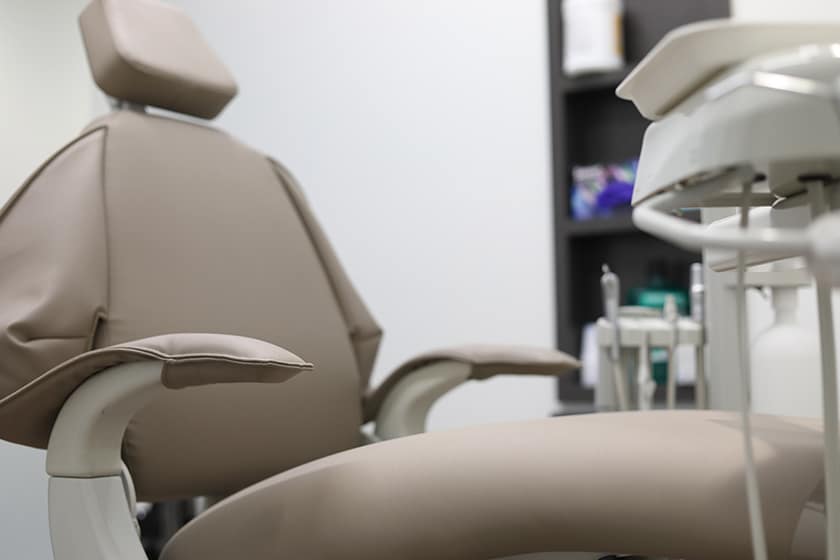What Is The Best Place to Open a Dental Practice?
Looking for the best place to open a dental practice? Cloud 9 Software has a list of states to practice your dentistry.
Learn MoreA dental operatory should be functional, safe, and professional – just like Cloud 9. We offer virtual management solutions to streamline your practice behind the scenes, while dental operatory rooms are the main stage. You and your patients come in here time and time again. So how can you design it for success?

Cluttered spaces cause cluttered thinking. Smartly designed cabinets placed strategically in an operating room prevent you and your staff from reaching over each other, causing disorder. Functional spaces allow for maximum efficiency. And poorly designed spaces unintentionally waste precious time. The faster you can treat patients, the more problems you can solve.
A room may be functional and efficient, but if it visually looks too stark, uninviting, or intimidating – your patient will dread coming in. They will be clenching the whole time, possibly resulting in subconscious physical contortions.
You and your staff spend a lot of time in this room. Over the course of your career, you will experience moments of stress, moments of clarity, and hours of physically and mentally taxing work in this room. The room’s layout, equipment, and chairs all need to maximize and optimize your comfort.
80% of dentists have back and neck pain. Bad design can exacerbate this. Good design can ergonomically support you to prevent such issues. After spending so much time, effort, and money into establishing your dental practice – take the extra care to make your space physically supportive so you can have a long, rewarding career.
You’re a dentist, not an architect. So what’s the first step in creating the perfect space? You will need to hire an architect specializing in dental office planning to design your dental operatory room. Choosing the right architect can come down to:
The Dental Clinic Manual estimates $100-200 per square foot, not including equipment.
Your design team will be able to work within a reasonable time frame.
Ideally, your architect’s design team has good references and reviews. Ask other practices for architect recommendations.
Are you happy to hand off the project with minimal input, or are you looking for a specific look and want to work closely with an architect? Do you work best in a minimalist and modern work atmosphere? Initial brainstorming about style preferences will help kick off your first meeting with the design team.
Asking yourself several questions can help you through step three:
Plan for enough headroom to prevent patients from running into any adjustable lighting fixtures. If you can afford it, it’s better to have too much space than too little.
Your dental operatory layout five years from now might look different. Technology changes fast – typically, technology gets smaller, but more gadgets might be required. If you suspect new technology will be in your future, make sure it has a place to live in your operating room.
Get creative with this step. Since you’ll be in here a lot, you better like it and feel comfortable. Add decorations that mirror your interests, like a couple of framed photos or a souvenir from a trip abroad. Don’t do anything style-wise to appease someone else: the style should not distract you or make you feel ill at ease.
However, it should also make your patient feel safe and welcome. To help them relax their jaw muscles, create an atmosphere that encourages them to relax their whole body. Subtle touches like calming music, a serene color palette, intriguing artwork, and personal touches that double as conversation pieces can go a long way. You may even consider painting the ceiling to give your patient something to focus on while you tend to their smile. Framed diplomas and certificates can also reassure your patients that they are in good hands.
Adhere to Occupational Safety and Health Administration (OSHA) standards, building codes, and regulations specific to your state.
Your architect’s team will ensure top dental operatory design to help you thrive so that you can focus on your patients and grow your practice. Modern dental operatory design calls for modern dental management. Scalable to fit your needs and grow with your practice, Cloud 9 Software innovates with you. Request a demo to see how our dental practice management software can transform the way you operate.